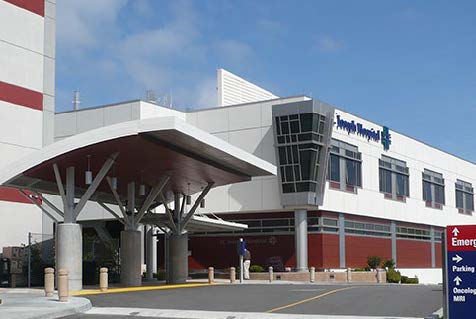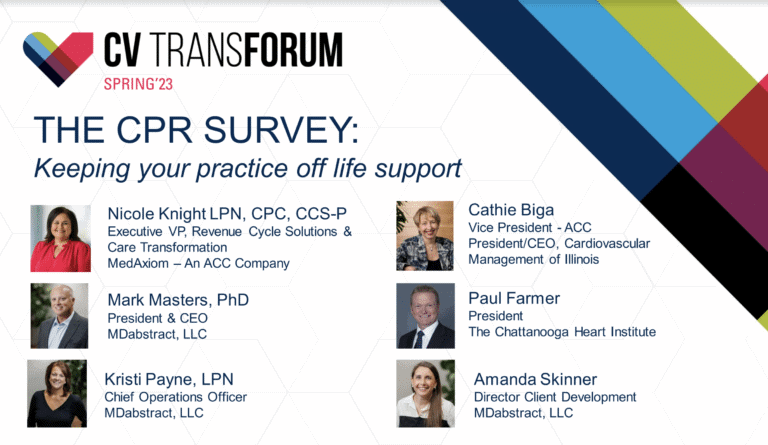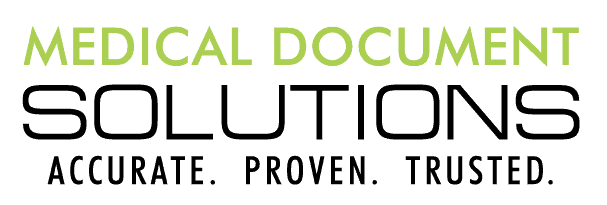Providence St. Joseph Health (PSJH) has an expansive healthcare footprint, spanning seven states from Alaska to Texas. With integration a key focus for the system, guaranteeing data integrity across its acute care and ambulatory care facilities has been vital.
The health system has 51 acute care hospitals, representing about 12,000 licensed beds, and an extensive ambulatory environment, comprised of 18 ambulatory surgery centers, 17 imaging centers, 48 urgent care centers, 33 retail clinics, 264 primary clinics, and 461 specialty clinics.
“If we can’t create an integrated platform that gets our patient data where it needs to be so our providers can easily access it when it’s needed, that has significant impact on our day-to-day operations,” said JoAnn DiConti, Executive Director of Epic Implementations for St. Joseph Health.
Over the past few years, the PSJH system has been working to integrate each of its legacy Providence Health & Services facilities to one version of its Epic electronic health record (EHR) platform to help streamline care and better ensure that the EHR holds accurate and complete data for each one of its 14 million patient records. The next phase will be to transition its St.
Joseph Health ministries, which was integrated in 2016 and is currently using Meditech EHR, to that shared version of Epic during the next year.
“The goal, really, is to move to one version of one EHR system — to have one patient record — to facilitate patient care across our health system,” she said. “While our hospitals were on the same EHR, having different instances means they had different workflows and that the systems wouldn’t seamlessly communicate with one another as you could if the records were on a single common platform.”
JOANN DICONTI
EXECUTIVE DIRECTOR OF EPIC IMPLEMENTATIONS
PROVIDENCE ST. JOSEPH HEALTH
While the health system had successfully integrated several facilities in the past, it faced a significant challenge last year when the time came to move two of its larger hospitals, Kadlec Regional Medical Center and Swedish Medical Center. The healthcare organizations had been on two separate instances of the medical record platform, making it more difficult to effectively access and share important patient data. DiConti said it was imperative to develop an integration plan that would guarantee data integrity of migrated information across the facilities and make the move as painless as possible for its team of dedicated providers.
“We have had experience with data conversions, as you can imagine with the scope of our organization. But we had never attempted anything of this size before,” she said. “When you put it in context, if you look at our population, the conversion would involve about 20% of our patient records. The Swedish and Kadlec conversions affected about 4,800 physicians and 4.3 million patient records. That’s quite a number of people, so we wanted to be extremely sensitive to what the impact would be and what our providers would experience during the process.”
DATA INTEGRATION STRATEGY KEY TO CONVERSION
“ We feel strongly that to automate and convert as much data as you can, having a third-party manual abstraction partner is a tremendous win. There are, of course, multiple strategies you can use to convert data, but working with technical specialists who understand your EHR system, as well as understand the end-user usability of that data and how it might change based on how you convert, is key.”
JOANN DICONTI
By taking the time to conduct that upfront evaluation long before implementation, the committee helped reassure its staff that comprehensive data integration and migration could occur with minimal disruptions to patient care. It also worked to create a phased approach to the plan to ensure time for appropriate validation before going live. But despite this being a conversion between two instances of the same EHR platform, it was clear from the beginning that manual abstraction would be a vital component to the Providence effort, DiConti said. The health system partnered with a third-party manual abstraction vendor, MDabstract, early in the process to help identify and fill in any potential gaps that might hinder later data integrity in the patient records.
“As it was the same system, it was a little bit easier to expand our normal scope of electronic conversion, which did save us some time,” she said. “But we still required manual intervention to help with exceptions and errors. That’s just the nature of the work. We decided very early on in our planning that we needed to minimize the impact on operations. And manual abstraction not only helped us do that but also helped with training and adoption as we integrated all of the data from the two disparate versions.”
PLANNING FOR SUCCESS
DiConti credits the migration’s success to having a thorough and detailed data conversion strategy from day one. She said having such a plan in place allowed the health system to protect its providers from any undue burden while still safeguarding patient safety and improving the quality of patient care. While the Swedish and Kadlec facilities were already familiar with the EHR platform, DiConti and her team understood that data conversions can often result in frustrations, as well as after-hours work, for clinical teams whose time would be better spent elsewhere.
“It was important that we had a way to reduce the need for after-hours work inputting or backfilling patient data,” she said. “We looked closely at places in the system that could impact clinical decision-making early on, where it would benefit us to have clinicians perhaps doing that manual abstraction, but our goal was to make sure they were not seriously impacted by the move. Without a third-party manual abstraction partner, they would have been having to do high volumes of data entry or data reconciliation during their day when they should be focused on patient care.”
“We feel strongly that to automate and convert as much data as you can, having a third-party manual abstraction partner is a tremendous win,” she said. “There are, of course, multiple strategies you can use to convert data, but working with technical specialists who understand your EHR system, as well as understand the end-user usability of that data and how it might change based on how you convert, is key.”
As PSJH looks ahead to future EHR data conversions, DiConti and her team are grateful to have a partner that understands the health system’s needs and was willing to assist it in crafting the right strategy to integrate these facilities into their shared platform.
“We are already planning for about 300 or so clinics to move over,” DiConti revealed. “It never slows down. But, as our goal is to have a common set of configurations and workflows to enhance our patient records and patient experience, along with improving the quality and delivery of our care, it can’t slow down.”






